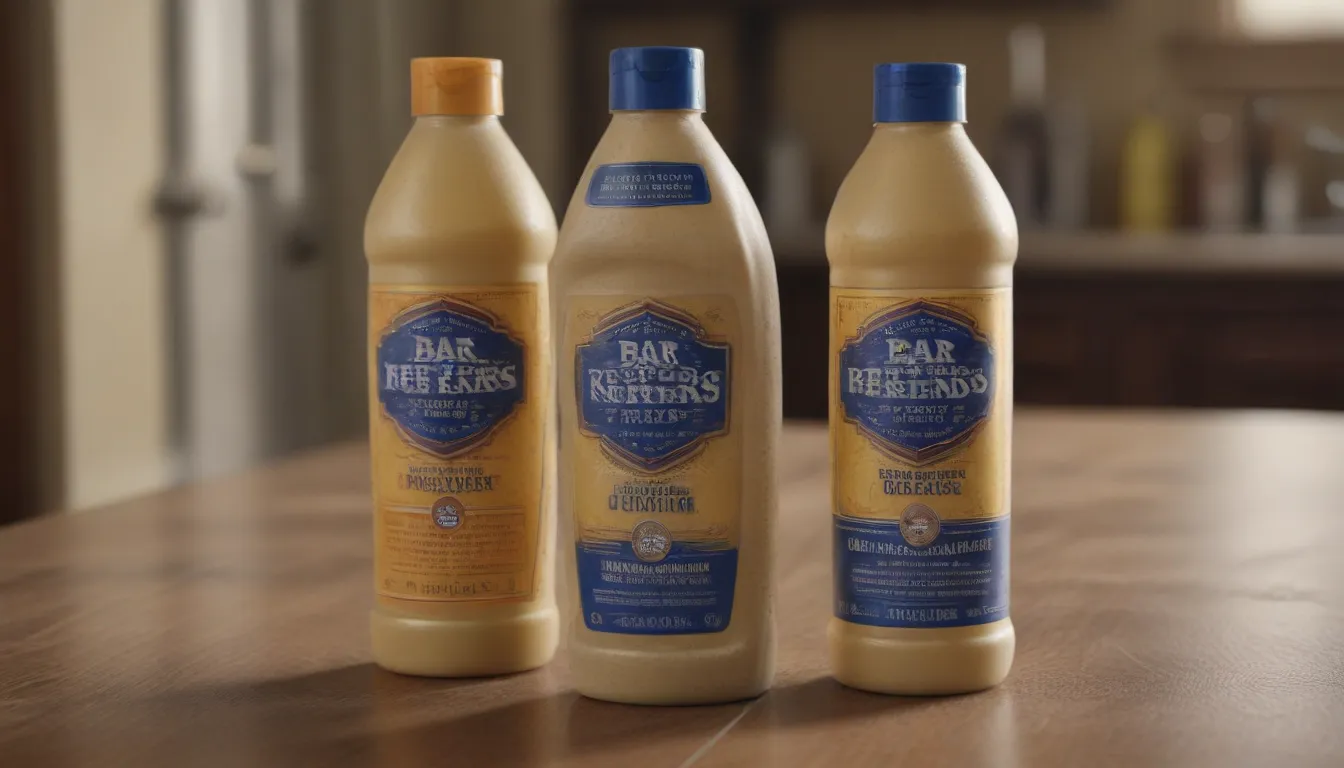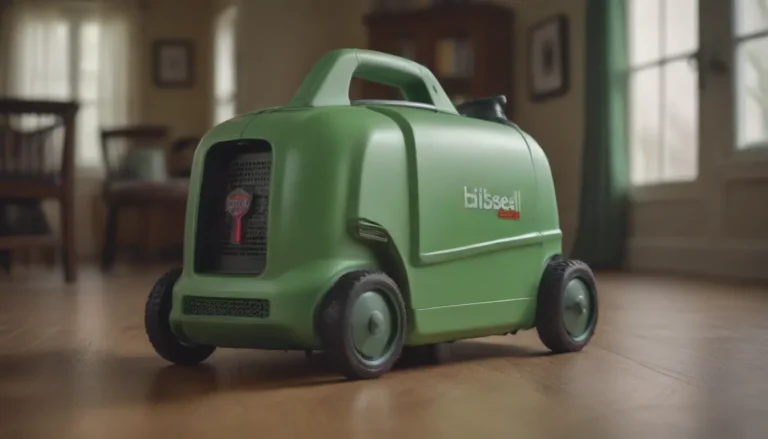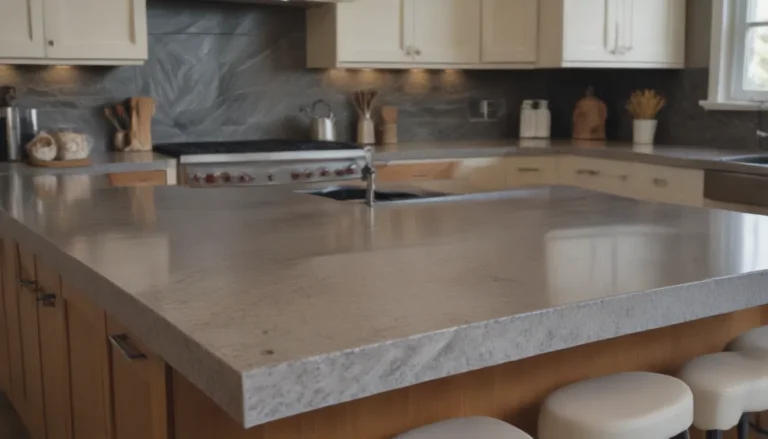Bar Keepers Friend: A Deep Dive into the Magic Cleaning Product

If you’ve ever stepped foot into a commercial kitchen or a bustling bar, chances are you’ve come across Bar Keepers Friend. This iconic cleaning product is a staple for keeping metal surfaces looking pristine and rust-free. But what exactly is the secret behind its impressive performance and widespread popularity? It all comes down to one key ingredient: oxalic acid.
The Origin Story of Bar Keepers Friend
The story of Bar Keepers Friend dates back to 1882 when a clever chemist made a fascinating discovery. After realizing that cooking certain foods containing oxalic acid – such as rhubarb, spinach, and turnip greens – in tarnished metal pans left them clean and sparkling, he decided to create a unique cleaning product. This powdered formula quickly gained popularity among barkeepers who used it to polish the brass rails surrounding their bars. And so, the legacy of Bar Keepers Friend was born, with the company still in continuous operation to this day.
Unveiling the Ingredients of Bar Keepers Friend
Bar Keepers Friend comes in various formulations, available as either a powder or creamy liquid. While each product may have different strengths by weight, they all contain the same basic ingredients. It’s important to note that while Bar Keepers Friend is safe for use in kitchens and bathrooms when handled correctly, it is not a disinfectant.
Warning:
Before diving into your cleaning spree with Bar Keepers Friend, it’s crucial to keep a few key points in mind. Avoid mixing the product with other chemicals, including bleach or ammonia. The powdered formula should always be mixed with water or used on a wet surface to prevent inhalation. Additionally, use caution as the product can cause skin or eye irritation and should never be ingested. For extended use, consider wearing eye protection and gloves for added safety.
The original Cleanser from Bar Keepers Friend is designed to tackle grease and grime on nonporous surfaces, restoring a shine to uncoated stainless steel and porcelain. On the other hand, the Cookware Cleanser and Polish includes more grease-cutting detergents, making it suitable for glass and ceramic casserole dishes, stainless steel utensils, and enamel-coated cast iron. For those hard-to-reach vertical surfaces like glass shower doors, the Soft Cleanser offers a less abrasive option with its pre-mixed water formula.
Mastering the Art of Using Bar Keepers Friend
When it comes to using Bar Keepers Friend effectively, proper application is key to achieving optimal results. The abrasive nature of powder formulations requires a bit of finesse to prevent excessive scratching on surfaces. Follow these steps for a seamless cleaning experience:
- Wet the surface to be cleaned.
- Lightly sprinkle the powder on the wet surface.
- Gently rub the surface with a damp sponge or cloth.
- Apply additional powder as needed to remove grime.
- Rinse the product from the surface within one minute to prevent any damage.
- Dry and buff the surface with a soft cloth for that final sparkle.
Pro Tip
When cleaning stainless steel surfaces, always remember to rub in the direction of the grain to prevent unnecessary scratches. Whether it’s brushed stainless steel sinks or appliances, following the natural grain of the metal can make a world of difference in maintaining a scratch-free surface.
For the Soft Cleanser, you can simplify the process by using it on a dry surface. Follow the same steps of cleaning, rinsing, and drying the surface to reveal its full shine.
Surfaces Made Sparkling by Bar Keepers Friend
Bar Keepers Friend is a versatile cleaning product recommended for nonporous surfaces. However, due to its abrasive nature, it’s crucial to exercise caution when cleaning certain materials. Before attempting to clean fiberglass, plastics, anodized aluminum, coated stainless steel, or brushed metal surfaces, including appliance exteriors, always conduct a patch test on a small, inconspicuous area. While Bar Keepers Friend is suitable for spot cleaning certain surfaces like oven interiors, avoid using it for overall cleaning due to the difficulty of fully rinsing the space.
Surfaces Suitable for Spot Cleaning:
- Nonporous surfaces
- Oven interiors
Surfaces Unsuitable for Abrasive Cleaning
While Bar Keepers Friend works its magic on many surfaces, there are certain materials that require special care to avoid damage. Avoid using Bar Keepers Friend Cleanser in any formulation on the following surfaces:
- Wood
- Fabric
- Leather
- Concrete
Incorporating Bar Keepers Friend into your cleaning routine can revolutionize the way you tackle tough stains and grime. With its powerful ingredients and proven track record, this iconic cleaning product continues to be a go-to choice for professionals and homeowners alike.
Next time you reach for your cleaning supplies, consider adding Bar Keepers Friend to your arsenal for a sparkling, polished finish that shines bright like a diamond!





